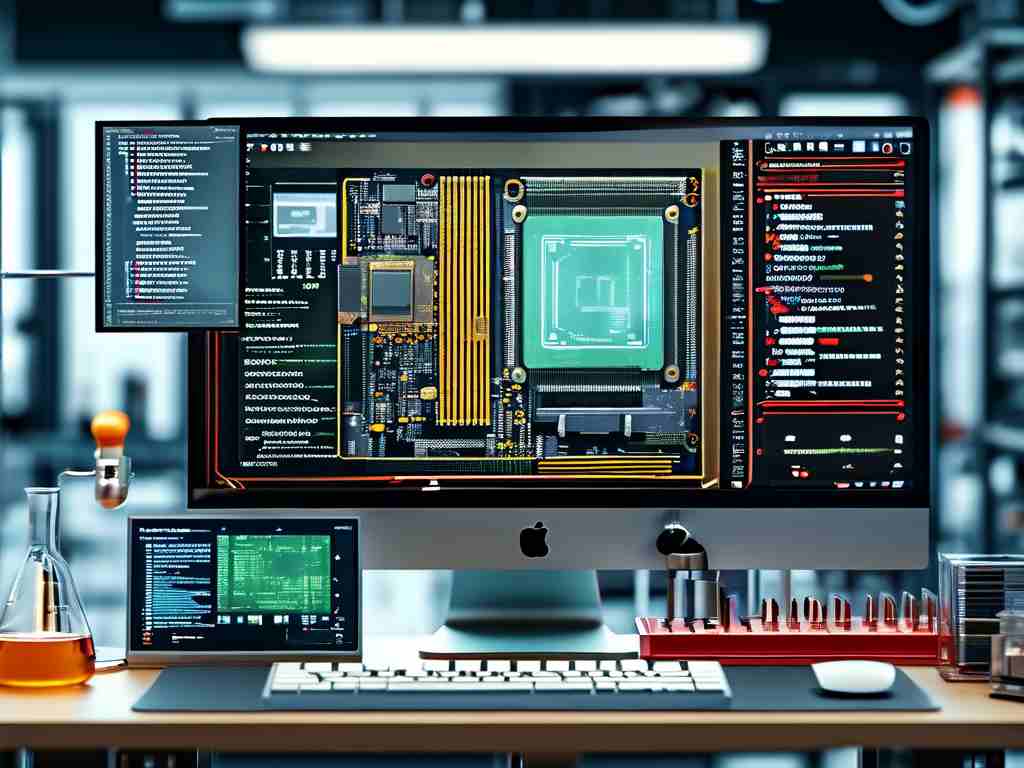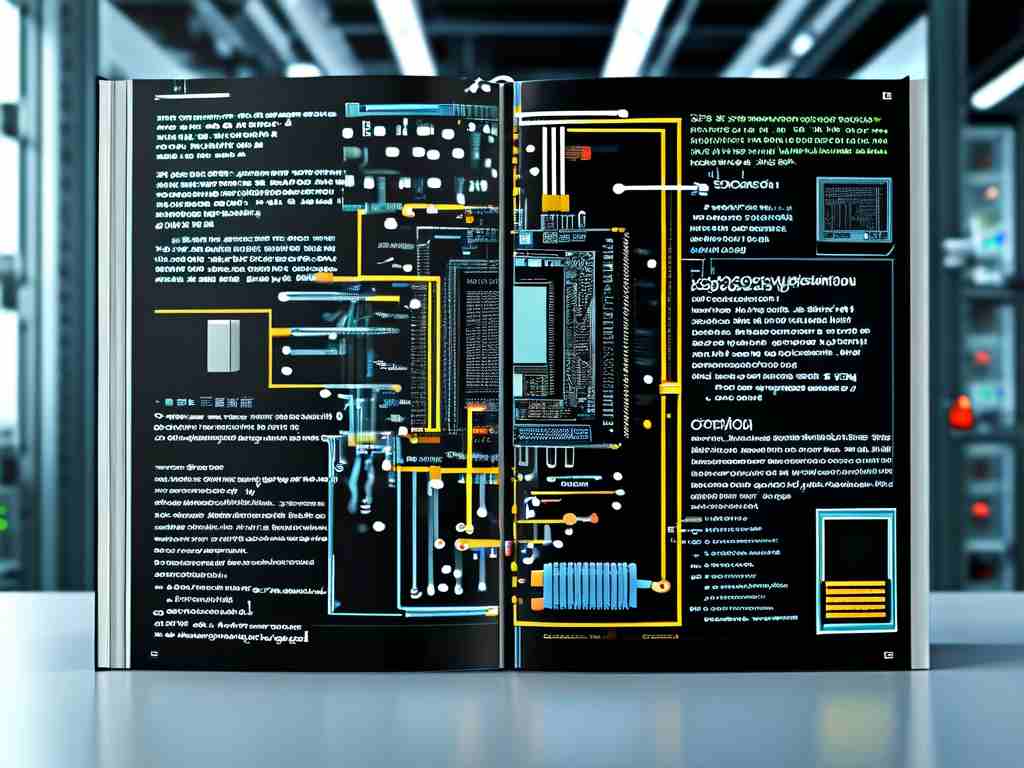Embedded platform development solutions are crucial for creating efficient and reliable systems in today's tech-driven world. These platforms, which include microcontrollers, IoT devices, and real-time operating systems, require meticulous planning to handle constraints like limited resources and high performance demands. A well-crafted development strategy ensures seamless integration of hardware and software, reducing errors and accelerating time-to-market for innovations in automotive, healthcare, and consumer electronics. This article explores key aspects of embedded platform development, offering insights into best practices and practical approaches.

To begin with, defining clear requirements is the foundation of any embedded project. Engineers must analyze functional needs, such as processing speed or power consumption, and non-functional aspects like security and scalability. For instance, in an automotive sensor system, requirements might specify real-time data processing with minimal latency. Without this upfront analysis, projects risk costly rework or failures. Next, the design phase involves selecting appropriate hardware components and software frameworks. Choices range from ARM-based processors for low-power applications to Linux-based systems for complex tasks. A modular architecture allows for flexibility; for example, using a hardware abstraction layer (HAL) simplifies porting code across devices. During implementation, coding in languages like C or C++ is common due to their efficiency. Consider this simple code snippet for initializing a GPIO pin on an embedded device:
#include <stdint.h>
#include "hal_gpio.h"
void setup_led() {
GPIO_InitTypeDef gpio_init;
gpio_init.Pin = GPIO_PIN_13;
gpio_init.Mode = GPIO_MODE_OUTPUT_PP;
gpio_init.Pull = GPIO_NOPULL;
HAL_GPIO_Init(GPIOA, &gpio_init);
}
This code demonstrates basic configuration, but in real projects, it integrates with drivers for peripherals like sensors or communication modules.
Testing and validation are critical stages where many developers face challenges. Embedded systems often operate in harsh environments, so rigorous testing—including unit, integration, and system-level checks—is essential. Tools like JTAG debuggers or simulators help identify issues early. For example, power consumption testing might reveal inefficiencies that require code optimization. Common pitfalls include memory leaks or timing errors, which can be mitigated through static analysis tools. Additionally, real-time constraints demand precise scheduling; using an RTOS like FreeRTOS ensures tasks execute predictably. Optimizing for size and speed involves techniques like loop unrolling or compiler flags, which must balance performance with resource limits.
Beyond technical execution, selecting the right tools and frameworks streamlines development. Open-source options like the Yocto Project for building custom Linux distributions offer cost-effective solutions, while commercial IDEs provide robust debugging features. Collaboration tools such as Git for version control enhance team efficiency. Moreover, security must be prioritized from the start, incorporating measures like encryption for data transmission in IoT devices. As technology evolves, trends like edge computing and AI integration are reshaping embedded platforms, necessitating adaptive strategies that incorporate machine learning models for smarter decision-making.
In , a comprehensive embedded platform development strategy hinges on thorough planning, iterative testing, and leveraging modern tools. By addressing challenges head-on and focusing on optimization, teams can deliver robust, scalable systems that meet evolving industry demands. This approach not only boosts reliability but also fosters innovation in an increasingly interconnected world, making embedded solutions a cornerstone of future advancements.









